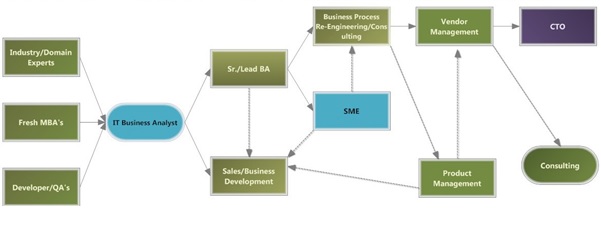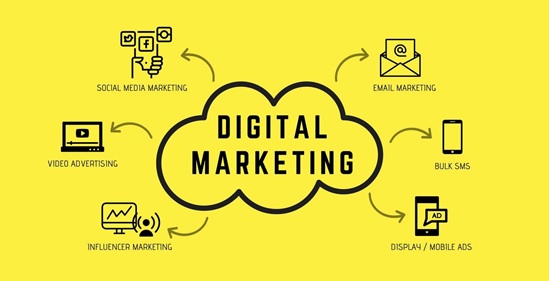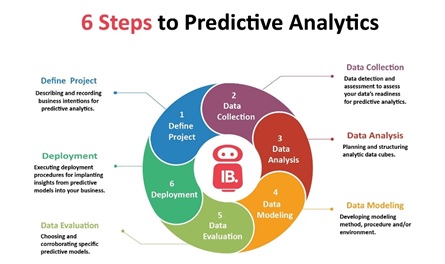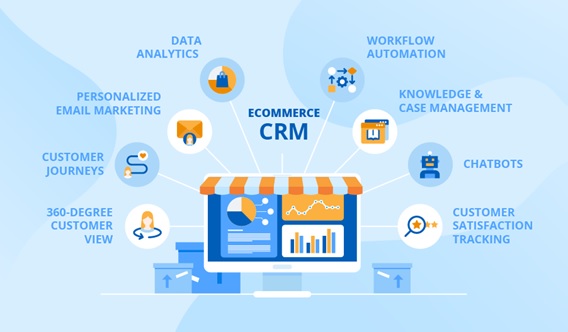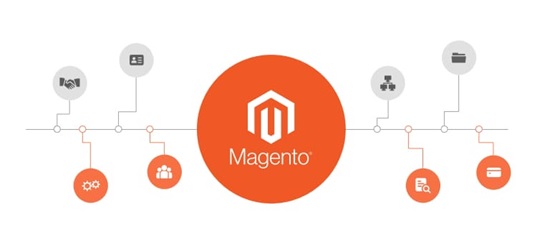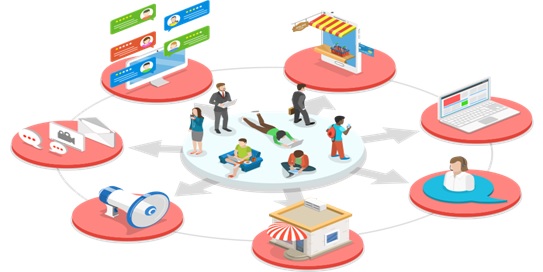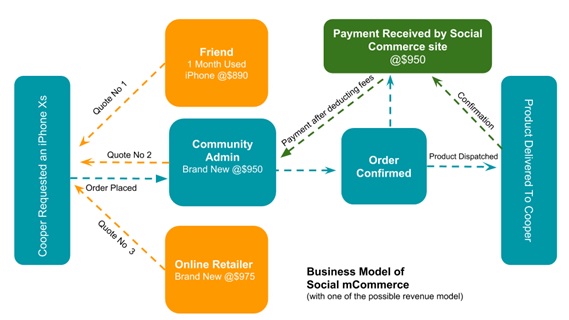From IBM to OpenAI: 50 Years of Microsoft’s Successes and Failures
Microsoft marks its 50th anniversary with remarkable financial success. This article was written using Microsoft Word on a Windows-powered computer and is likely to be published on Microsoft-hosted platforms like LinkedIn, which boasts over 1 billion users.
In 2024, Microsoft reported a net profit of $88 billion on $245 billion in revenue. With a market valuation nearing $3 trillion, it ranks as the world's second-most valuable company, just behind Apple and nearly matching NVIDIA. Since 2002, its cumulative profits have approached $640 billion.
Fifty years ago, Microsoft was a small startup in Albuquerque, New Mexico, founded by former Harvard students Bill Gates and Paul Allen, then just 19 and 22 years old. The company's rise to global dominance has been shaped by numerous twists and turns, which can be categorized into four distinct eras.
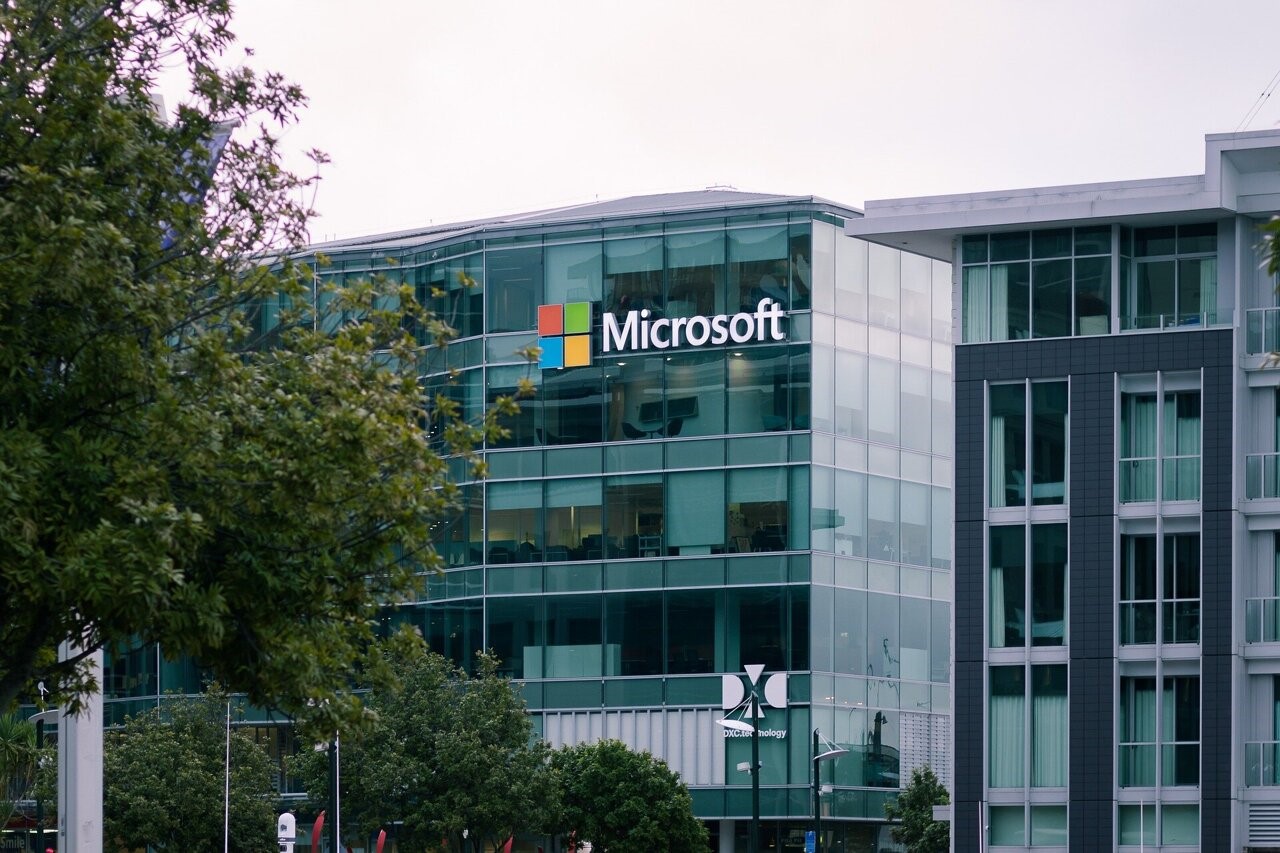
Figure 1. 50 Years of Microsoft: Successes & Failures
From IBM to OpenAI: 50 Years of Microsoft’s Successes and Failures
Microsoft marks its 50th anniversary with remarkable financial success. This article was written using Microsoft Word on a Windows-powered computer and is likely to be published on Microsoft-hosted platforms like LinkedIn, which boasts over 1 billion users. Figure 1 shows 50 Years of Microsoft: Successes & Failures.
In 2024, Microsoft reported a net profit of $88 billion on $245 billion in revenue. With a market valuation nearing $3 trillion, it ranks as the world's second-most valuable company, just behind Apple and nearly matching NVIDIA. Since 2002, its cumulative profits have approached $640 billion.
Fifty years ago, Microsoft was a small startup in Albuquerque, New Mexico, founded by former Harvard students Bill Gates and Paul Allen, then just 19 and 22 years old. The company's rise to global dominance has been shaped by numerous twists and turns, which can be categorized into four distinct eras.
Era One: Bill Gates Builds Success on IBM’s Foundation
By the late 1970s, IBM dominated the computer industry but recognized that emerging microcomputers, like the Apple II, could eventually surpass its mainframes. To stay competitive, IBM launched the IBM PC project. However, its rigid internal processes threatened to delay development, leading the company to outsource key components to external suppliers. Figure 1 shows 50 Years of Microsoft: Successes & Failures.
IBM approached several companies for an operating system, but all declined, viewing IBM as a bureaucratic giant and a competitor to be defeated. Mary Maxwell Gates, a board member of an NGO alongside IBM’s chairman, suggested her son Bill Gates, who had recently founded Microsoft. This connection led to IBM’s first contact with Microsoft in 1980.
At the time, Microsoft specialized in the BASIC programming language and had no experience with operating systems. However, this didn’t deter Bill Gates, who boldly signed a deal with IBM to deliver an operating system he didn’t yet have. He then acquired QDOS from Seattle Computer Products and adapted it into MS-DOS (with "MS" standing for Microsoft).
Leveraging his legal acumen—his father was a founding partner of a major Seattle law firm—Gates struck a non-exclusive deal with IBM, allowing Microsoft to license MS-DOS to other companies [1]. IBM, unfamiliar with subcontracting, failed to see the long-term implications. This decision proved disastrous for IBM but highly lucrative for Microsoft, as companies like Compaq, Olivetti, and Hewlett-Packard quickly developed IBM PC clones, sparking an entire industry.
Microsoft’s success skyrocketed as it capitalized on IBM’s strong reputation, which appealed to businesses, while also earning royalties on every PC sold. In 1986, the company went public, turning Bill Gates, Paul Allen, and two early employees into billionaires, while 12,000 other Microsoft employees became millionaires.
Era Two: Windows—The Golden Goose Inspired by Xerox
In the mid-1980s, microcomputers had limited functionality, relying on text-based operating systems like Microsoft’s MS-DOS, which required complex command-line inputs (e.g., C:/). This changed in 1984 with the launch of the Apple Macintosh, featuring a graphical user interface (GUI) with icons, drop-down menus, fonts, and a mouse. The technology originated in Xerox’s research labs, though Xerox failed to recognize its potential. However, Apple’s CEO Steve Jobs saw its value and incorporated it into the Macintosh.
To support the Macintosh’s success, Jobs enlisted Microsoft to develop a customized office suite, particularly the Excel spreadsheet. Microsoft, inspired by the GUI concept, introduced Windows 1 in 1985, followed by the Office suite (Word, Excel, and PowerPoint). Over the years, Windows evolved, culminating in the release of Windows 95 in 1995. With a $200 million marketing campaign—including the rights to The Rolling Stones' Start Me Up—Windows 95 became a massive success. By then, Microsoft’s global operating system market share had surpassed 70%, a dominance that has remained largely unchanged.
In 1997, Microsoft went as far as rescuing Apple from bankruptcy by investing $150 million in non-voting shares, which it later sold back in 2000. During one of his iconic keynote speeches, Steve Jobs publicly thanked Bill Gates, saying, "Bill, thank you. The world's a better place." This bailout also led to the settlement of Apple’s lawsuit against Microsoft, in which Apple had accused Microsoft of copying its graphical interface for Windows.
Era Three: Bureaucracy, Internal Conflicts, and Failed Diversification
By the mid-1990s, the rise of the World Wide Web was reshaping computing. Microsoft, focused on standalone PCs and boxed software sales, was unprepared for this shift. Its initial response was to develop Internet Explorer, built from the acquisition of the Mosaic browser from Spyglass—similar to how MS-DOS was acquired years earlier. Internet Explorer was later integrated into Windows, leading to an antitrust lawsuit that nearly resulted in Microsoft’s breakup. Meanwhile, new competitors like Google gained traction, particularly with its Chrome browser.
In 2000, Bill Gates stepped down as CEO, passing leadership to Steve Ballmer, a former Harvard classmate. Ballmer aimed to transform Microsoft into an electronics and services giant. Over the next 15 years, he pursued diversification, launching ventures in video games (Flight Simulator), digital encyclopedias (Encarta), hardware (mice and keyboards), MP3 players (Zune), cloud computing (Azure), game consoles (Xbox), mobile phones (Windows Phone), and personal devices (Surface tablets and computers).
While some of Microsoft’s ventures thrived—most notably Azure and Xbox—others were major failures. Encarta was quickly overshadowed by Wikipedia, and Zune stood no chance against Apple’s iPod. However, one of Microsoft’s biggest strategic missteps was Windows Phone. In an effort to compete with the iPhone, Microsoft acquired Nokia’s mobile division for $5.4 billion in 2013. The integration was disastrous—Steve Ballmer insisted on using a version of Windows 10, resulting in sluggish and impractical devices. Less than two years later, Microsoft shut down its mobile phone operations, writing off $7.6 billion in losses and selling Nokia for just $350 million.
Microsoft’s aggressive expansion also led to a surge in its workforce, from 61,000 employees in 2005 to 228,000 by 2024. Internal conflicts arose as different business units clashed and often refused to collaborate.
These turf wars, combined with growing bureaucracy and effortless profitability (PC manufacturers paid about $50 per Windows license despite negligible distribution costs), stifled Microsoft’s innovation. Products like Internet Explorer 6 and Windows Vista became infamous for their flaws, requiring constant updates to patch issues. As critics joked, Windows featured a Safe Mode, implying that its regular mode was anything but stable.
Era Four: Is Microsoft Cool Again? Thanks to the Cloud and OpenAI
In 2014, Satya Nadella took over as CEO of Microsoft, shifting its focus to online services, particularly Azure, which became the world's second-largest cloud platform by 2024 [2]. Nadella transformed Microsoft's business model, moving from software sales to subscription-based services like Office 365 and Xbox Live.
Under his leadership, Microsoft made key acquisitions, including Minecraft, LinkedIn ($26.2 billion in 2016), and GitHub ($7.5 billion in 2018). Between 2023 and 2025, the company invested over $14 billion in OpenAI, securing a strong position in the AI revolution with ChatGPT and its own AI assistant, Copilot.
After decades of bold moves, strategic acquisitions, and diversification missteps, Microsoft has reinvented itself. Once bogged down by bureaucracy and internal strife, the company is now regaining its appeal—especially among young professionals. While Bill Gates himself has questioned Microsoft's longevity, its future remains unpredictable.
References:
- https://theconversation.com/from-ibm-to-openai-50-years-of-winning-and-failed-strategies-at-microsoft-253576
- https://techxplore.com/news/2025-04-ibm-openai-years-strategies-microsoft.html
Cite this article:
Janani R (2025), From IBM to OpenAI: 50 Years of Microsoft’s Successes and Failures, AnaTechMaz, pp.78


